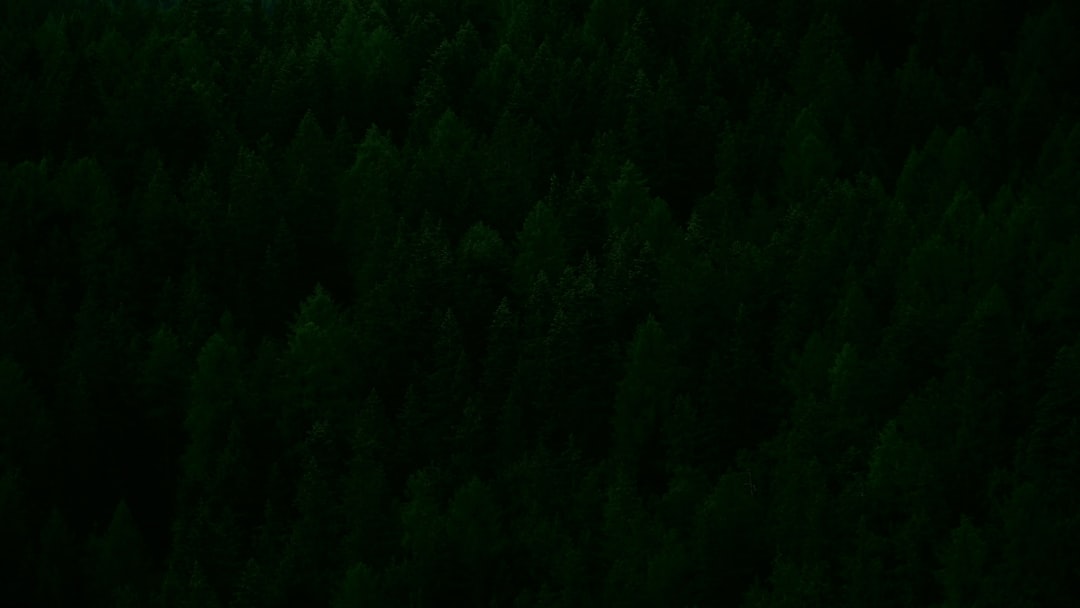The Art of Rhubarb Harvesting for a Bountiful Yield

Edible gardening is a rewarding endeavor, and among the many delicious crops you can grow, rhubarb stands out as a versatile and productive plant. When it comes to harvesting rhubarb, following the right steps can ensure not only a successful harvest but also encourage your plants to produce even more fresh rhubarb for your favorite pies, jams, and jellies. In this guide, we'll explore the essential tips for harvesting rhubarb effectively.
First and foremost, it's crucial to understand when the right time to harvest rhubarb is. Rhubarb is typically ready for harvest in the spring, usually around late April to early June, depending on your geographical location. The stalks should be at least 10 to 15 inches long and have a good thickness. Avoid harvesting rhubarb during the first year after planting. This allows the plant to establish a strong root system, which is vital for its long - term health and productivity. When the plant is in its second year, you can start a light harvest, taking only a few stalks. By the third year, you can harvest more generously.
To harvest rhubarb, you don't need any fancy tools. Simply grasp the stalk firmly at the base, close to the soil level. Then, gently pull and twist the stalk. It should come off cleanly from the plant. Avoid using a knife to cut the stalks, as this can leave an open wound on the plant, which may be susceptible to diseases. Cutting can also damage the crown of the plant, which is where new growth emerges.
After harvesting, it's important to handle the rhubarb properly. Remove the leaves immediately. Rhubarb leaves contain oxalic acid, which is toxic to humans and animals. Do not compost the leaves; instead, dispose of them safely. The stalks, on the other hand, are the edible part. You can store the harvested rhubarb stalks in the refrigerator. Wrap them in a plastic bag or place them in a container with a damp paper towel to keep them fresh for up to a week.
Once you've harvested your rhubarb, it's time to think about how to encourage the plant to produce more. After the initial harvest, make sure to fertilize the plant. A balanced fertilizer, such as a 10 - 10 - 10 formula, can provide the necessary nutrients for new growth. Apply the fertilizer according to the package instructions, usually around the base of the plant. Water the plant regularly, especially during dry spells. Rhubarb prefers moist, well - drained soil.
Pruning is another important aspect of rhubarb care. Remove any dead or damaged stalks throughout the growing season. This not only keeps the plant looking tidy but also allows the plant to focus its energy on producing new, healthy stalks. In the fall, after the first frost, cut back all the remaining stalks to the ground. This helps the plant go into dormancy and prepares it for the next growing season.
When it comes to using the harvested rhubarb, the possibilities are endless. For pies, rhubarb pairs beautifully with strawberries. You can make a classic rhubarb - strawberry pie by combining sliced rhubarb and strawberries with sugar, flour, and a touch of lemon juice. For jams and jellies, rhubarb can be cooked down with sugar and pectin to create a delicious spread. You can also experiment with adding different flavors, such as vanilla or cinnamon, to enhance the taste.
In conclusion, harvesting rhubarb is a straightforward process that, when done correctly, can lead to a continuous supply of this delicious and versatile vegetable. By following these step - by - step tips, you can enjoy fresh rhubarb in your favorite recipes year after year. Remember to be patient with your rhubarb plants, especially in the early years, and provide them with the care they need. With a little effort, your rhubarb patch will be a source of delicious treats for your family and friends.
So, get out there in your edible garden, start harvesting your rhubarb, and let the culinary adventures begin. Whether you're a seasoned gardener or a beginner, growing and harvesting rhubarb is a great way to connect with nature and enjoy the fruits (or rather, vegetables) of your labor.